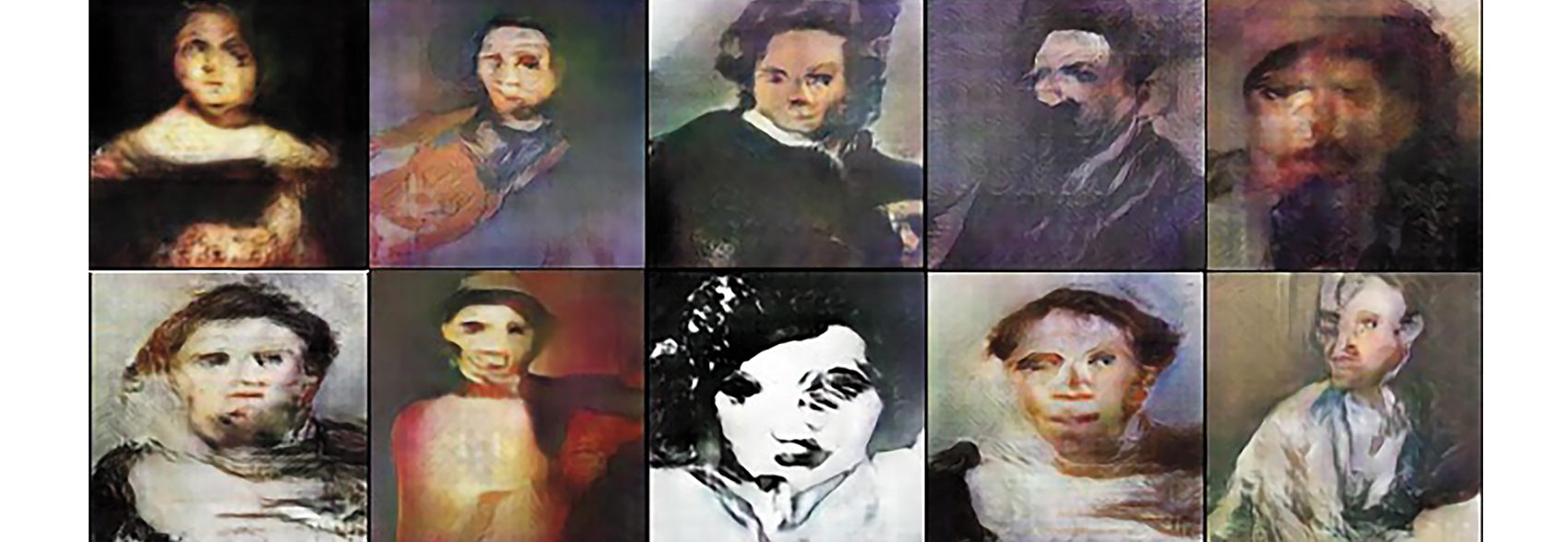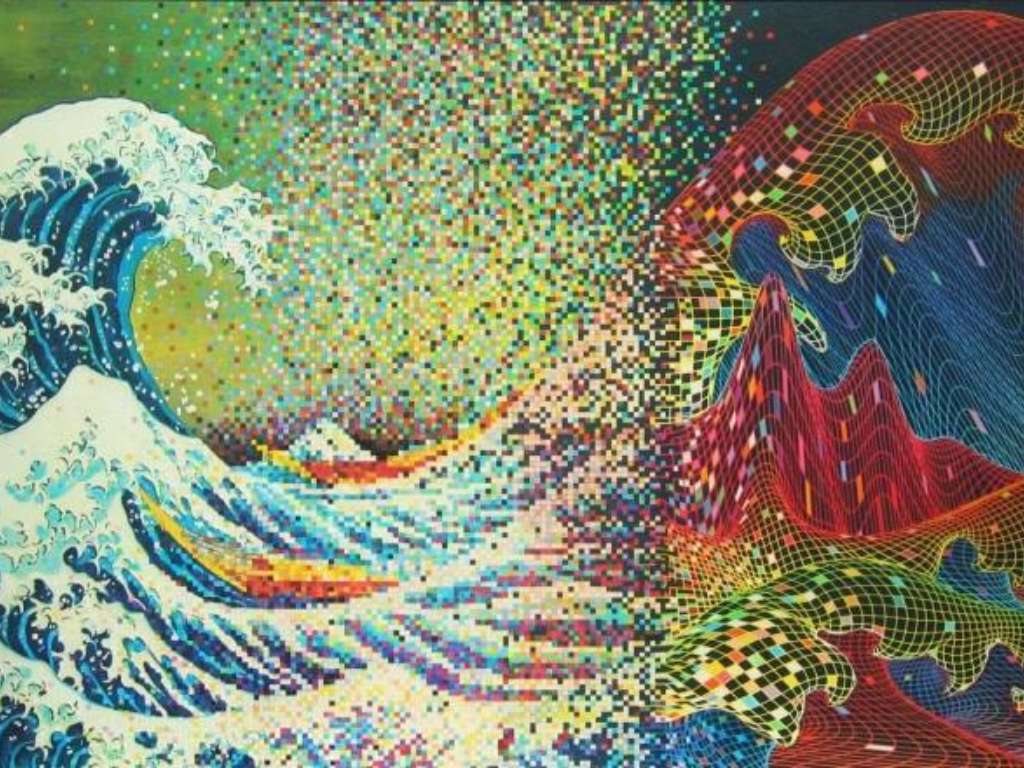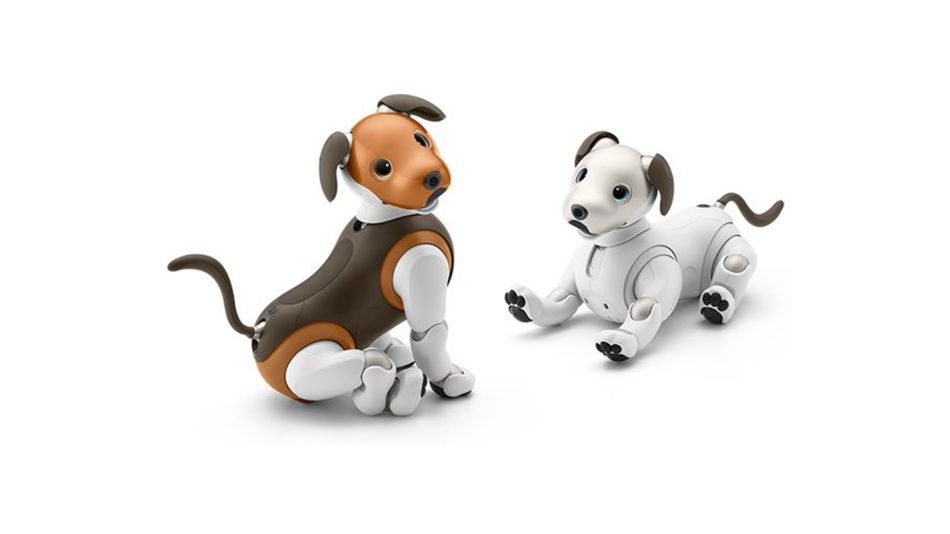Apparently, artists are one of the least people likely to lose their jobs to technology or automation specifically. Yet, what is the role of an artist when Artificial Intelligence (AI) is able to automate almost every part of an artistic product (e.g., painting and editing)? Many AI features are added to digital art software, particularly from Adobe and Celsys. However, the answer has been proven by a Pfeiffer Consulting Study commissioned by Adobe, which states that 54% of more than 75 creative professionals feel no replacement threats from AI. The main reason is that AI majorly supports them to reduce repetitive and drudge works. In other words, technology or machine learning is profoundly potential for tedious and uncreative tasks. For instance, an automated audio mixing feature was recently added in Premiere or optical character recognition enables Adobe Scan to create searchable PDFs. Unwanted objects can be autonomously removed from videos. All of those features must reduce drudgery and assist artists to have more time and mind to be even more creative in their works.
On the other hand, AI brings another effect to the artistic world since it’s blurring the definition of an artist. Besides using AI features incorporated in industry-standard creative tools, many artists use advanced algorithms to create a whole piece of art autonomously. Indeed, a blurred face titled “Portrait of Edmond de Belamy” – an AI art of Christie was sold for $432.500 in 2018. The painting is clearly noted in its preview that “It was created by artificial intelligence, an algorithm defined by [an] algebraic formula”. That is one of the first piece of art not coming from a human mind – the algorithmic art. In this area, the artist plays a role as providing a collection of images for AI to “learn” a certain aesthetic by analysis and choosing the final output to exhibit. There is a class of algorithms named “generative adversarial networks” (GAN), introduced by the computer scientist Ian Goodfellow in 2014. The following is the final works (which are evaluated as a novel, surprising, and eccentric product) after feeding various portraits from the past 500 years into a generative AI algorithm.

Yes, AI tools in Adobe or Celsys can serve as an assistant to remove drudge and repetitive works from creative process. However, the fact that advanced algorithms and machine learning can perform as an autonomous artist is a totally different story. What is the definition of an artist then?
Resources:
https://www.americanscientist.org/article/ai-is-blurring-the-definition-of-artist
https://cmo.adobe.com/articles/2018/10/adobe-pfeiffer-ai-creativity-study.html#gs.3ew1rg
https://interestingengineering.com/will-ai-art-supplant-humans-as-the-artists-of-the-future


 “Lua” Planter
“Lua” Planter